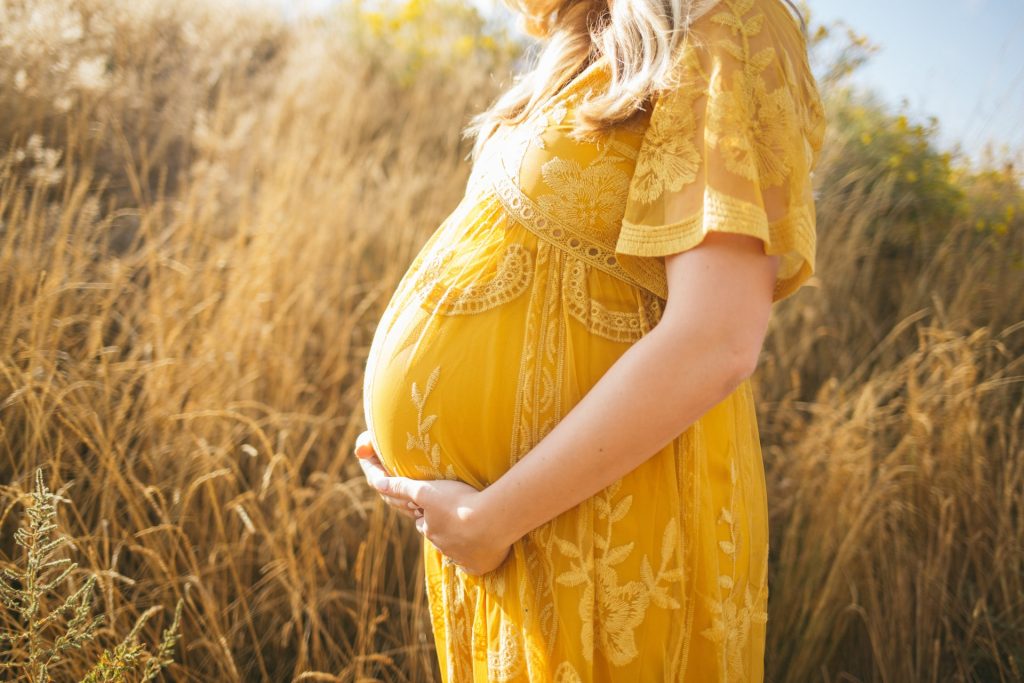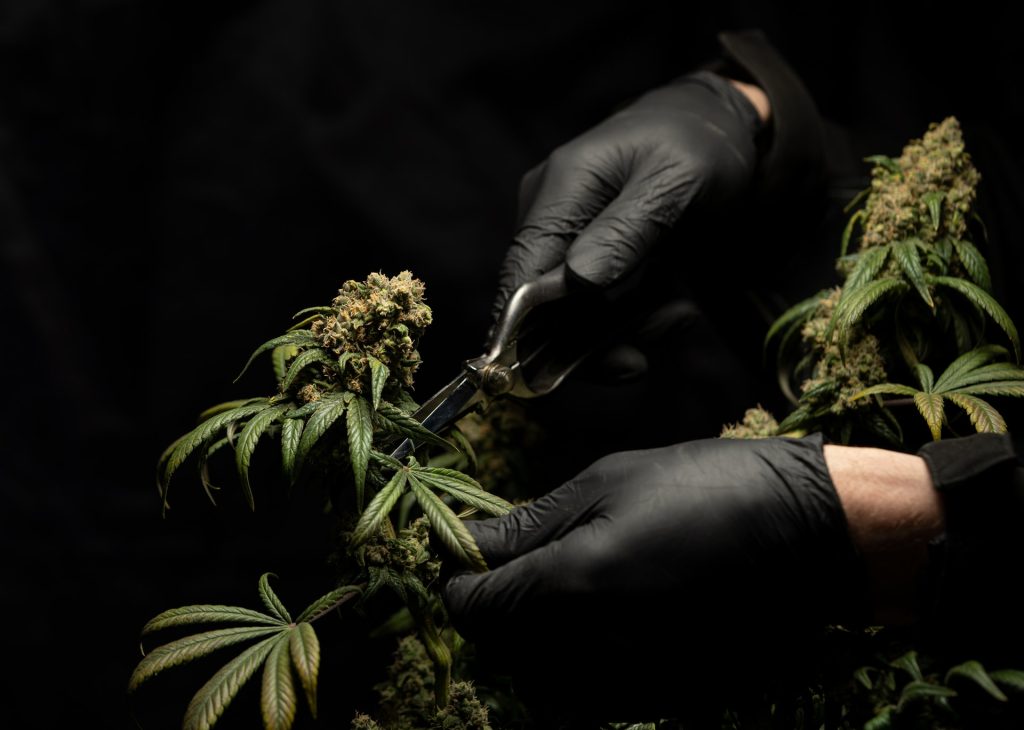Delta Variant Causes Pregnancy Complications

Pregnant women have been a population of concern for physicians since the beginning of the COVID pandemic, and early on the frequency of caesarean delivery, preterm birth and pregnancy-related hypertension was reported to be increased in pregnant women who developed severe or critical illness from the novel coronavirus.
In May and June this year, there was a lull in COVID cases and hospitalisations, to the relief of physicians at the University of Alabama at Birmingham Hospital and their pregnant patients. However, the Delta variant soon caused a rise in cases, hospitalisations and deaths across the US state of Alabama. Along with this there was a seemingly higher number of pregnant patients with COVID in hospitals and intensive care units than in previous surges.
“We saw an alarming increase in pregnant patients hospitalised with the Delta variant in July and August,” said Akila Subramaniam, MD, associate professor in UAB’s Division of Maternal-Fetal Medicine. “Even more, many of our patients were delivering pre-term because of the effects of the virus on these women.”
Researchers tracked admission rates and maternal and neonatal outcomes of pregnant COVID patients at UAB Hospital from March 22, 2020, to Aug. 18, 2021. Outcomes were compared between pre-Delta and Delta groups, with preliminary findings seriousindicating morbidity and adverse outcomes associated with the Delta variant and pregnancy.
Prior to the Delta variant, UAB Hospital saw the highest admission of pregnant women with active COVID in July 2020. A total of 28 pregnant patients were admitted that month, three of whom were admitted to the intensive care unit. In comparison, 39 pregnant patients, with 11 in ICU, were hospitalised in just the first 18 days of August.
“Pregnant women are a high-risk population with low-vaccination rates overall,” said Jodie Dionne, MD, associate director of UAB Global Health in the Center for Women’s Reproductive Health and associate professor in the Division of Infectious Diseases. “There is misinformation circulating that causes doubt in the vaccines or downplays the effect of the virus. This study highlights how dangerous contracting the virus, especially the Delta variant, can be for the mom and baby.”
From the study’s early findings, the UAB researchers emphasize recommendations from the Society of Maternal-Fetal Medicine, the American College of Obstetricians and Gynecologists, and the Centers for Disease Control and Prevention to vaccinate pregnant patients to mitigate severe perinatal morbidity and mortality.
The findings were published in the journal of Obstetrics and Gynecology.










